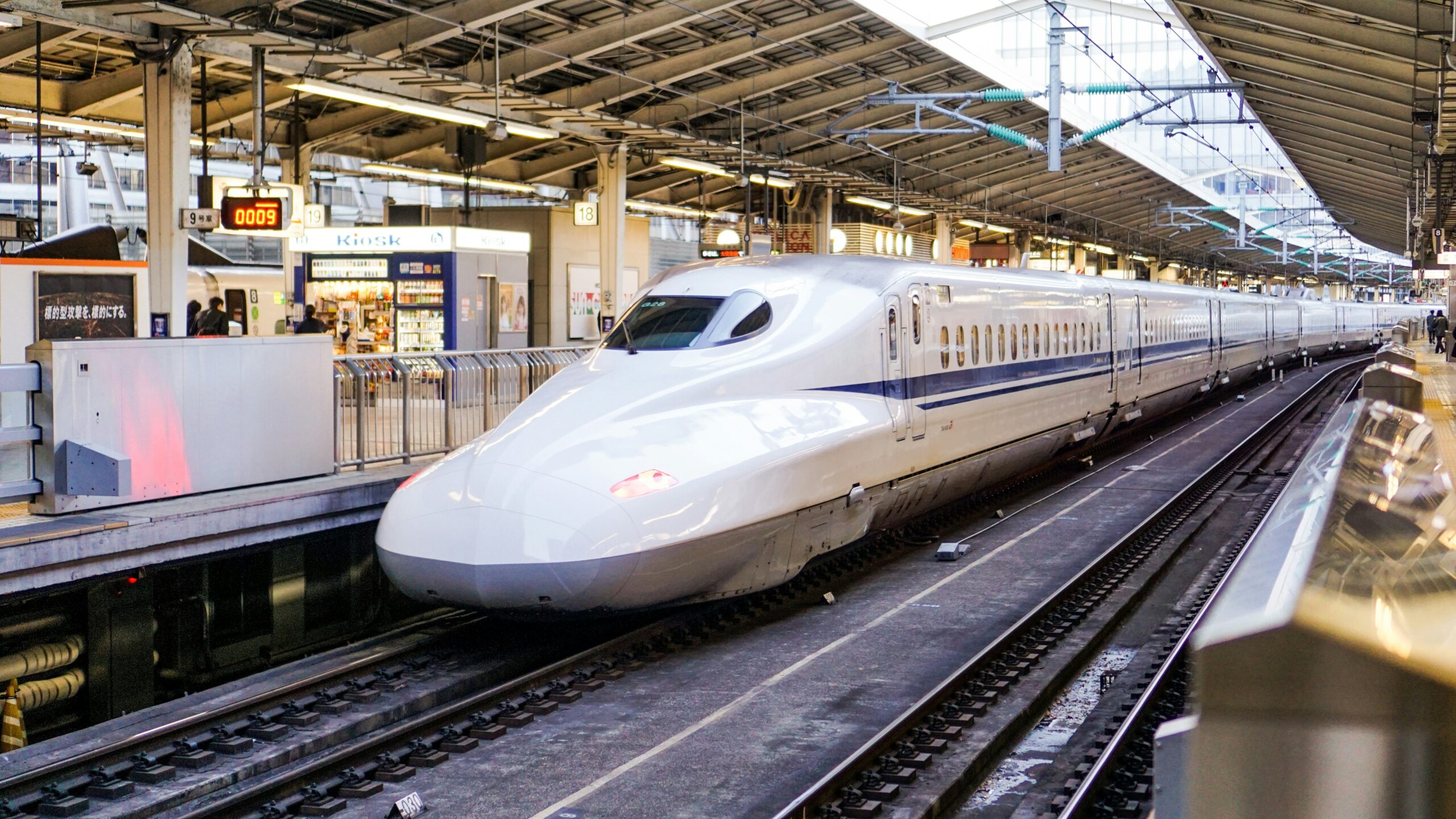To make the most of your trip to Japan, mastering its advanced public transportation system is a must. This article offers crucial tips, especially for international visitors, to help you get around smoothly.
1. Get a Transportation IC Card! (Suica/PASMO, etc.)
Transportation IC cards will make your travel in Japan incredibly convenient. The main cards are Suica and PASMO, and they can be used on almost all trains, subways, and buses across Japan. This saves you the hassle of buying tickets every time and allows for smooth passage through ticket gates.
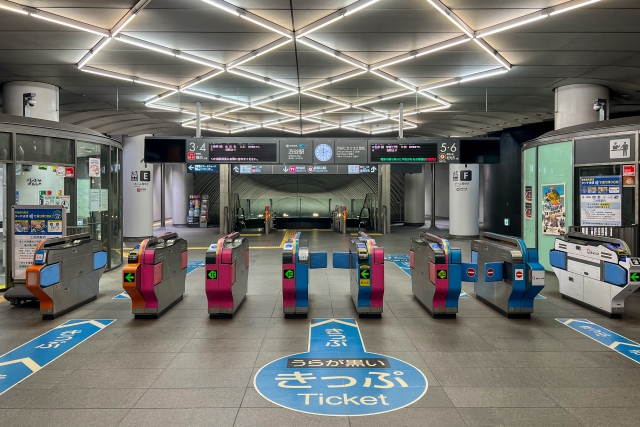
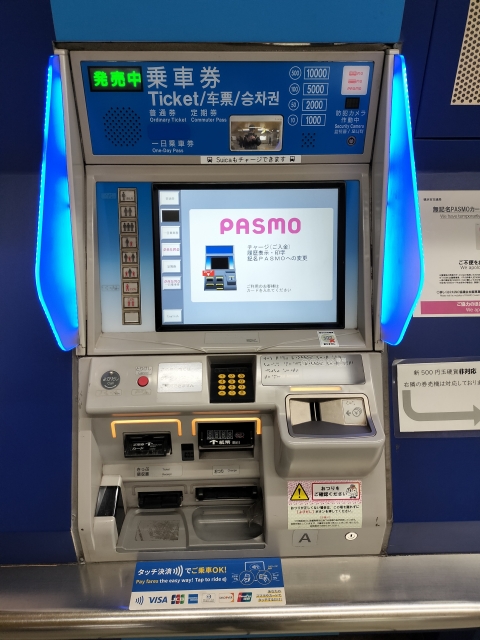
- How to get one: You can buy them at automatic ticket machines or ticket counters at major stations. There’s a deposit required, but it’s refunded when you return the card.
- Topping up (charging): You can easily add money at station ticket machines or convenience stores. Cash top-ups are the standard.
- Note: For international visitors, there are also cards like “Welcome Suica” and “PASMO PASSPORT” which don’t require a deposit and are good for short-term use. While these might not be refundable, they make great souvenirs.
2. Master Google Maps!
Google Maps is an incredibly powerful tool for checking timetables, transfer information, and fares for Japan’s public transportation.
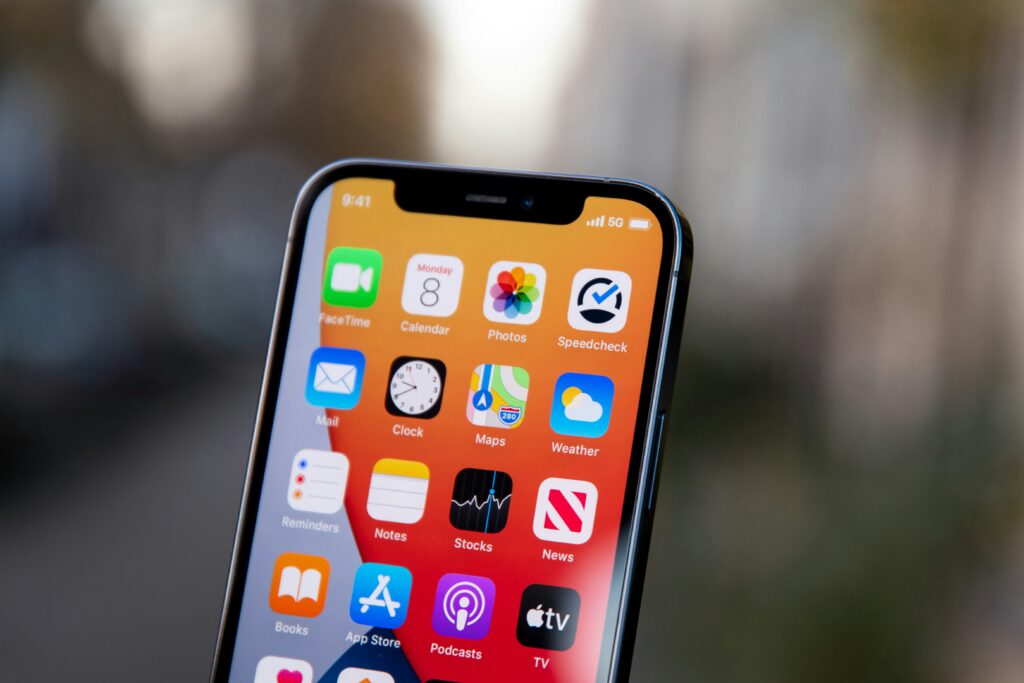
- Route search: Just enter your starting point and destination, and it will instantly show you the best transportation options, travel time, fares, and number of transfers.
- Real-time information: It can also show real-time service updates, like delays or suspensions.
- Exit information: At large stations, it can even tell you the closest exit or gate to your destination, which is extremely helpful.
3. Basic Rules for Japan’s Trains and Subways
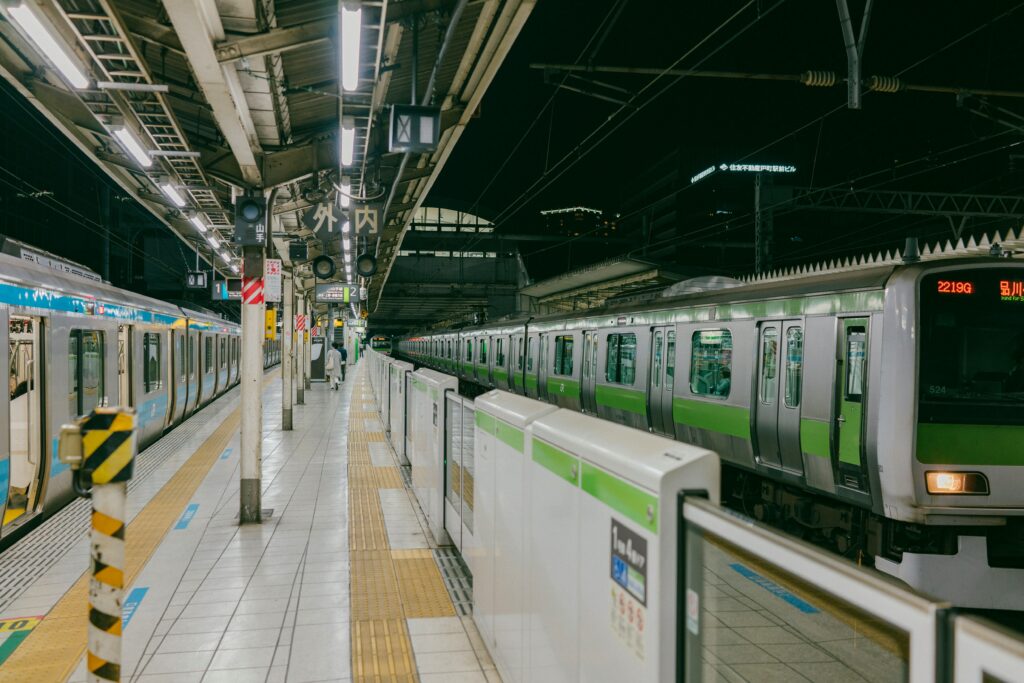
- Punctuality: Japanese public transportation is extremely punctual. Most services run exactly on schedule, so be sure to double-check departure times.
- Lining up: On train platforms, it’s customary to line up according to the boarding positions. People getting off have priority, so always wait for them to exit before boarding.
- Priority seats: There are “priority seats” available in train cars. These are for the elderly, people with disabilities, pregnant individuals, and those with small children. Unless no one in these categories is present, please offer them your seat.
- Keep quiet: Please refrain from loud conversations or phone calls on the train. Especially during rush hour, many people are commuting, so a quiet environment is appreciated.
- Eating and drinking: Generally, eating and drinking are not allowed on regular trains (except for long-distance trains like Shinkansen or limited express trains).
4. Make Good Use of Buses Too!

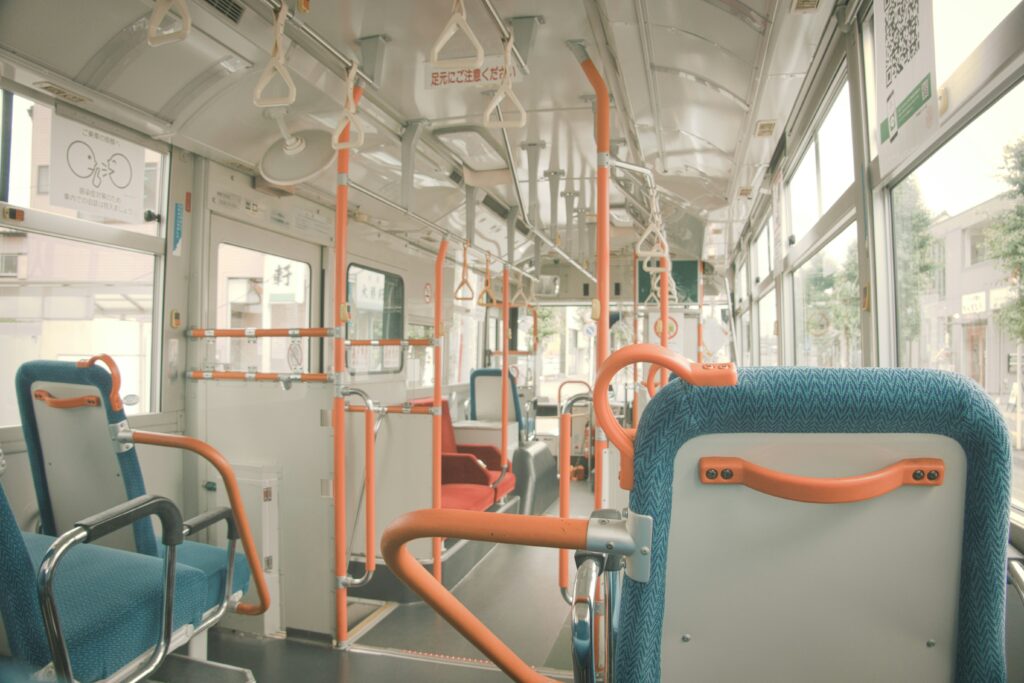
Buses are very convenient for reaching areas not covered by trains or subways.
- How to board: There are buses where you board from the front (pay first) and buses where you board from the rear (pay later).
- Front boarding (pay first): Pay your fare into the fare box next to the driver, or tap your IC card, when you get on.
- Rear boarding (pay later): Take a numbered ticket when you board, then check the fare display corresponding to your ticket number and pay the fare, or tap your IC card, when you get off.
- Fares: Fares might be flat-rate depending on the region, or they might vary based on the distance traveled.
- How to alight: When your desired bus stop is announced, press the stop button to signal the driver.
5. For Long-Distance Travel, the Shinkansen is Recommended!
For inter-city travel, Japan’s high-speed rail, the Shinkansen, is the most efficient and comfortable option.
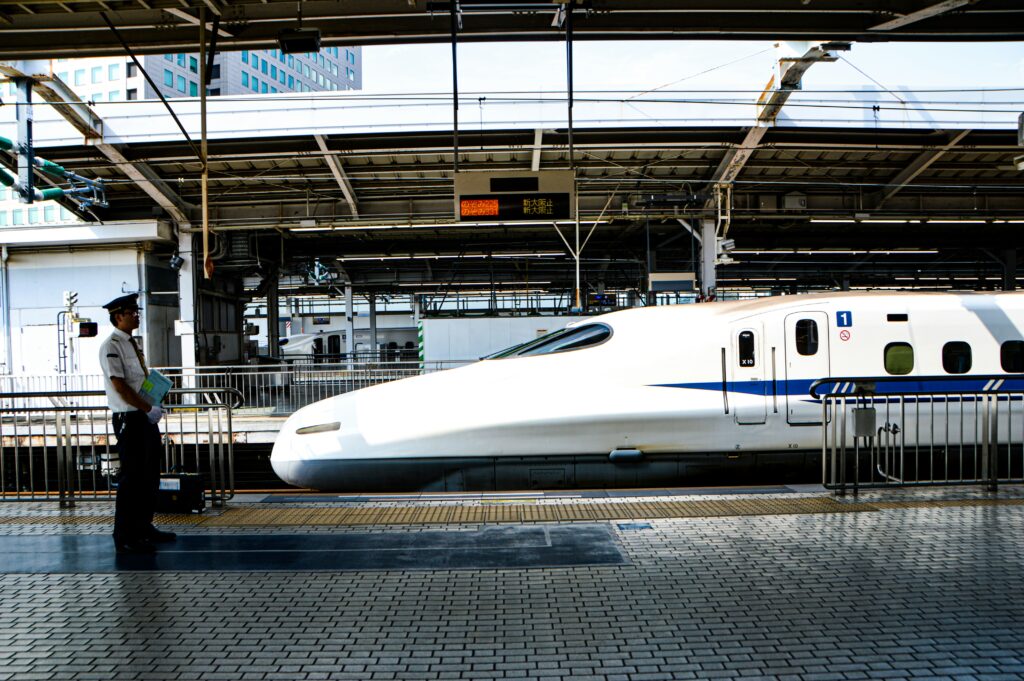
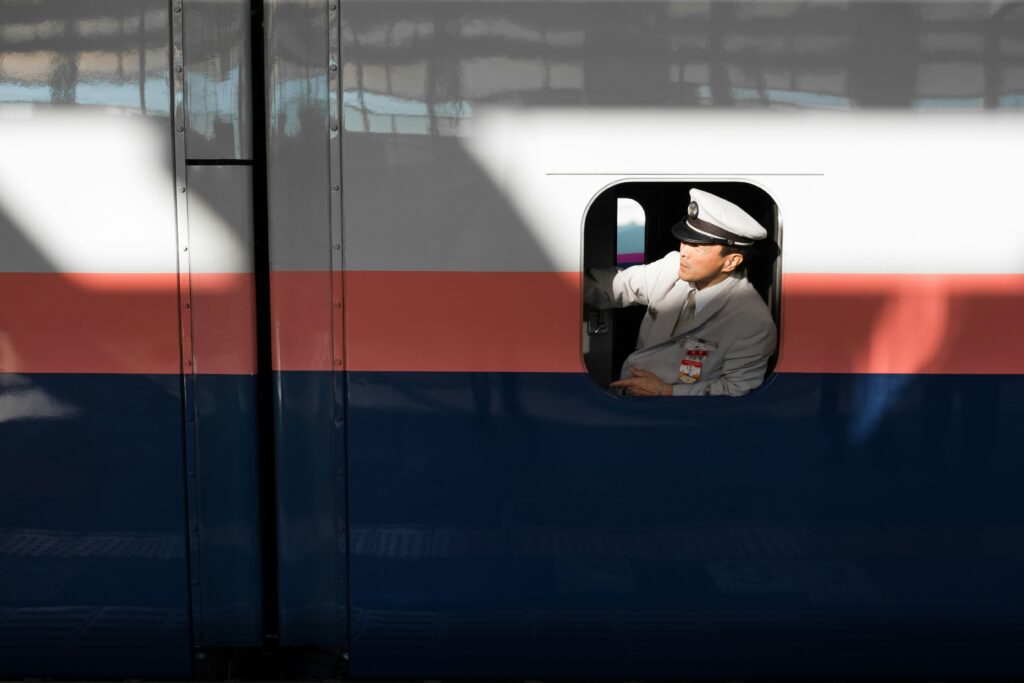
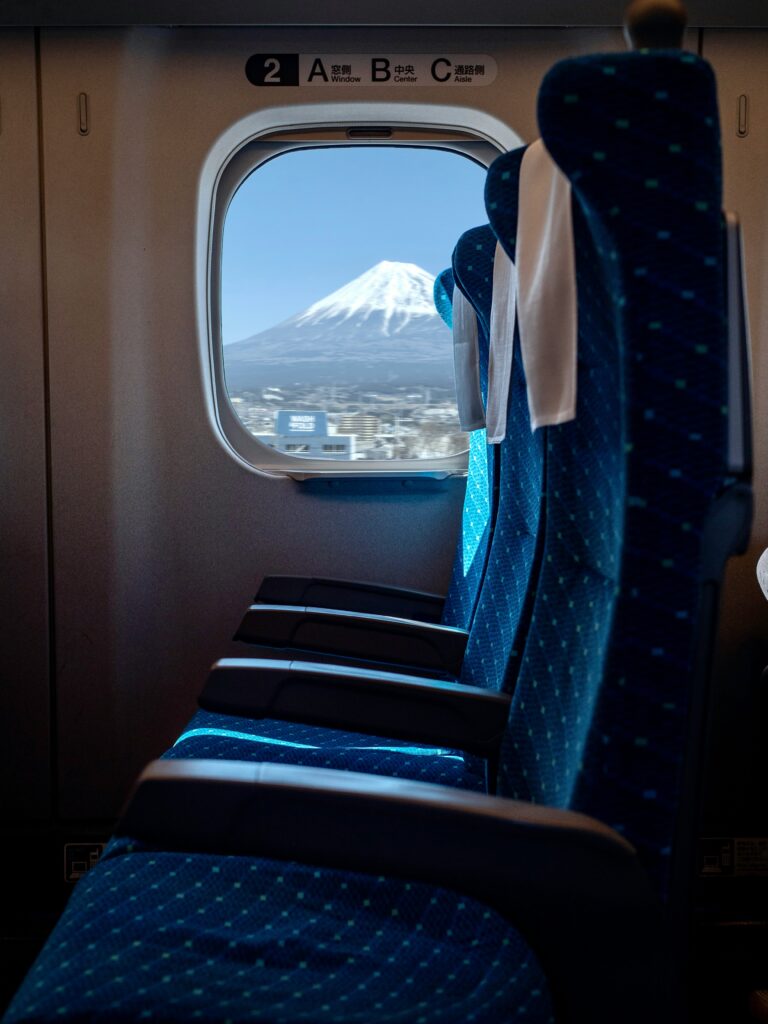
- Reservations: It’s highly recommended to book your tickets in advance at JR station ticket counters, reserved seat ticket machines, or online (for JR East Rail Pass, use their dedicated website). Early booking is essential, especially during peak seasons.
- Types: There are several types of Shinkansen trains, such as “Nozomi,” “Hikari,” and “Kodama,” listed in order of fewest to most stops. Choose one that suits your destination.
- JR Rail Pass: If you plan to travel extensively, consider purchasing the “Japan Rail Pass” (JR Rail Pass) for international visitors. It’s very economical. However, please note that you generally cannot use it on the “Nozomi” Shinkansen.
6. Other Useful Things to Know
- Station premises: Large stations are well-equipped with coin lockers, tourist information centers, restaurants, and shops. If you’re in a bind, don’t hesitate to ask a station attendant for help.
- Emergencies: If you feel unwell or encounter any problems on the train or at the station, please speak to a nearby station attendant or crew member.
- Free Wi-Fi: Some stations and trains offer free Wi-Fi. Check how to connect.
- Checking route maps: For complex routes, check the route maps at the station beforehand, or carefully confirm your route on Google Maps.
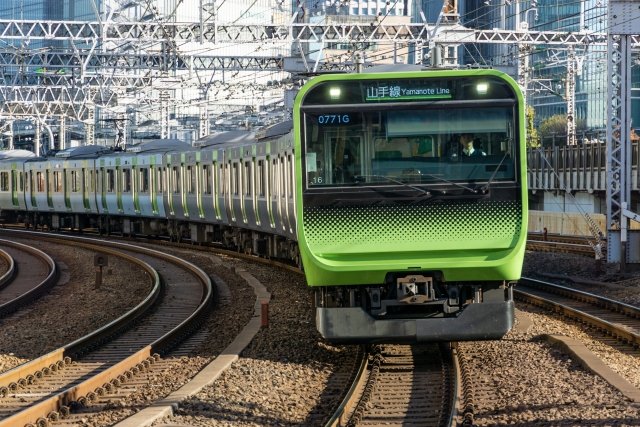

Conclusion
Japan’s public transportation is world-class for its punctuality, convenience, and cleanliness. Use these tips to make your trip to Japan smoother and more enjoyable!

